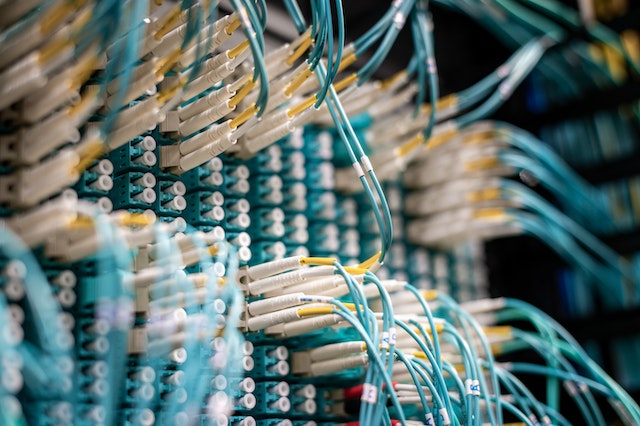In today’s digital age, having a reliable internet connection is essential. However, not all internet providers are created equal. Fiber optic, cable, and DSL are three types of internet connections available in the market, and each has its own strengths and weaknesses. In this article, we will compare these internet providers and help you choose the best one for your needs.
Fiber Optic Internet
Fiber optic internet is the fastest and most reliable internet connection available. It uses fiber-optic cables to transmit data, providing extremely high speeds and low latency. Fiber optic internet can provide download speeds of up to 1 Gbps, which is 100 times faster than DSL and ten times faster than cable internet.
Fiber optic internet also provides symmetrical upload and download speeds, making it ideal for users who need to upload large files or use video conferencing frequently. Additionally, fiber optic internet is less susceptible to interference, making it more stable and less prone to outages.
However, the main disadvantage of fiber optic internet is its availability. Fiber optic internet is not widely available in all areas, making it difficult for some users to access it. Additionally, fiber optic internet plans are typically more expensive than cable and DSL plans.
Cable Internet
Cable internet is the most widely available type of internet connection in the market. It uses coaxial cables to transmit data, providing high-speed internet access to homes and businesses. Cable internet can provide download speeds of up to 1 Gbps, which is comparable to fiber optic internet.
Cable internet is also more affordable than fiber optic internet, making it an excellent option for budget-conscious users. Cable internet plans are typically bundled with cable TV and phone services, providing added value to users.
However, the main disadvantage of cable internet is its speed consistency. Cable internet speeds can slow down during peak usage times, which can affect the user’s internet experience. Additionally, cable internet is less reliable than fiber optic internet and more susceptible to outages due to its shared network infrastructure.
DSL Internet
DSL internet is the oldest type of internet connection available in the market. It uses traditional copper phone lines to transmit data, providing basic internet access to homes and businesses. DSL internet can provide download speeds of up to 100 Mbps, which is slower than both fiber optic and cable internet.
DSL internet is also more affordable than fiber optic and cable internet, making it an excellent option for users with basic internet needs. Additionally, DSL internet is widely available in all areas, making it accessible to most users.
However, the main disadvantage of DSL internet is its limited speed and bandwidth. DSL internet speeds can vary depending on the user’s distance from the provider’s central office, making it inconsistent and unreliable. Additionally, DSL internet is not ideal for users who require symmetrical upload and download speeds or high-speed internet access.
Comparing Internet Providers
When choosing an internet provider, it is essential to consider your specific needs and requirements. If you require the fastest and most reliable internet connection, fiber optic internet is the best option. However, if fiber optic internet is not available in your area, cable internet is a viable alternative.
If you have basic internet needs and are on a budget, DSL internet is a suitable option. However, if you require high-speed internet access or symmetrical upload and download speeds, DSL internet may not be the best choice.
Conclusion
In conclusion, fiber optic, cable, and DSL are three types of internet connections available in the market, each with its own strengths and weaknesses. Fiber optic internet is the fastest and most reliable, but it is not widely available in all areas and is more expensive than cable and DSL internet. Cable internet is the most widely available and affordable but can be less consistent and reliable than fiber optic internet. DSL internet is the most basic and affordable option but is limited








